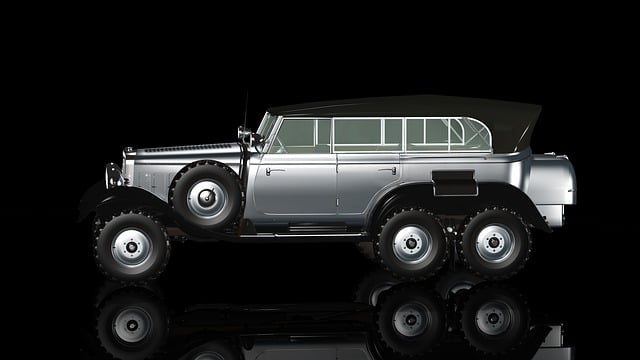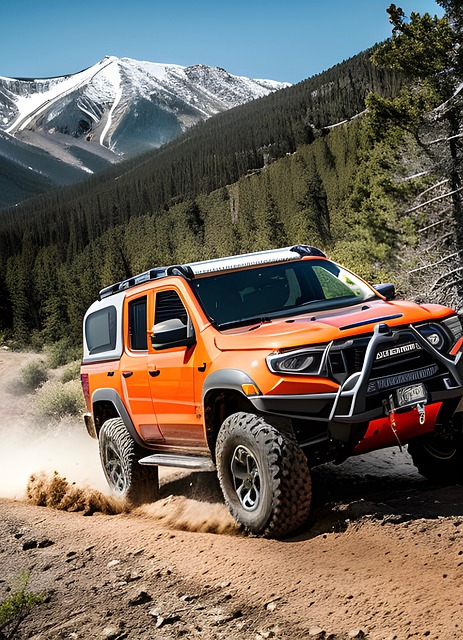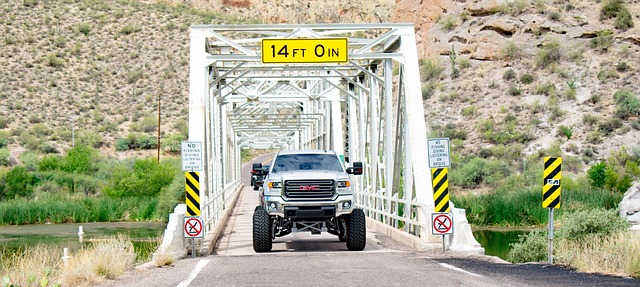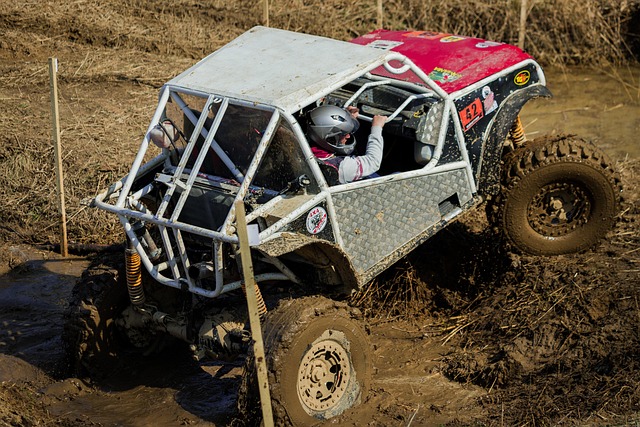Selecting the right off-road vehicles (ORVs) for Search and Rescue (SAR) missions is crucial, given diverse terrains. Prioritize all-wheel drive systems, robust suspension, waterproofing, high ground clearance, GPS tracking, and radio connectivity. Consider weight capacity and safety ratings. Train SAR teams on ORV operation, safety, maintenance, and emergency response. Choose durable vehicles under $50k with customizable features like lighting upgrades and tracking systems. Implement winterization practices and adhere to local regulations for optimal Select Off-Road Vehicles performance and reliability.
“In critical search and rescue (SAR) operations, specialized off-road equipment can make all the difference. This article guides you through the process of selecting the right vehicles for SAR teams, focusing on ATVs, UTVs, tractors, and more. We explore essential features, from rugged durability to advanced navigation systems. Learn about sourcing options, customization, and safety considerations to maximize your investment in these game-changing machines. Dive into this comprehensive guide to understand why choosing the right off-road vehicle is vital for successful SAR missions.”
- Understanding Search and Rescue Operations: Equipment Needs
- Types of Off-Road Vehicles for SAR: ATVs to Tractors
- Essential Features for Specialized SAR Equipment
- Sourcing and Customization Options for Your Team
- Training and Safety Considerations: Maximizing Your Investment
Understanding Search and Rescue Operations: Equipment Needs

Search and Rescue (SAR) operations require specialized equipment tailored to navigate challenging terrains, often involving rugged landscapes where conventional vehicles struggle. Understanding the unique demands of these missions is key to selecting the right off-road machinery. SAR teams need vehicles capable of traversing dense forests, steep slopes, and water bodies while carrying heavy loads, including medical supplies and rescue gear.
When choosing off-road vehicles for SAR purposes, it’s crucial to consider factors like traction, ground clearance, speed, and maneuverability. Select models designed with robust engines and advanced suspension systems that can handle rough conditions without compromising performance. Reputable off-road vehicle dealers offer a range of options, from seasoned, reliable used models to cutting-edge new electric off-roaders, ensuring you find the perfect fit within your budget. Moreover, exploring warranty options can provide peace of mind, protecting your investment during demanding field work.
Types of Off-Road Vehicles for SAR: ATVs to Tractors

When it comes to Search and Rescue (SAR), selecting the right off-road vehicle is paramount. The terrain and conditions can vary greatly, from dense forests to rugged mountains or even flooded areas. Therefore, a diverse range of vehicles equipped with specific modifications for performance and safety is essential.
Among the popular choices are All-Terrain Vehicles (ATVs) known for their agility and maneuverability on various surfaces. For more powerful and heavy-duty tasks, tractors offer immense towing capacity and stability. Family-friendly off-road vehicles with reliable safety ratings also play a crucial role, ensuring SAR teams can navigate treacherous lands while minimizing risks. An off-road vehicle weight capacity guide is invaluable for choosing the right equipment based on mission requirements. Additionally, proper training, such as ATV training classes, ensures operators are proficient in handling these machines in emergency situations.
Essential Features for Specialized SAR Equipment

When equipping a search and rescue (SAR) team with off-road vehicles, several essential features should be top priorities. Firstly, consider all-wheel drive or four-wheel drive systems that offer superior traction on rough terrain, enabling swift and efficient navigation through challenging landscapes. Additionally, robust suspension systems that absorb shocks and maintain stability during rough rides are crucial for both crew safety and equipment integrity. Waterproofing and high ground clearance also significantly enhance off-road survival skills training capabilities, as these features protect the vehicle and its occupants from hostile environments.
Moreover, select Off-Road Vehicles (ORVs) equipped with advanced communication systems, such as GPS tracking and robust radio connectivity, are vital for coordinating rescue efforts. These technologies not only ensure effective navigation but also facilitate real-time updates and strategic planning. Furthermore, off-roading etiquette and rules should be strictly observed to maintain safety during operations, while off-roading safety tips and tricks can be incorporated into regular training to enhance the team’s overall preparedness.
Sourcing and Customization Options for Your Team

When sourcing specialized off-road equipment for search and rescue, your team’s needs should guide every decision. Start by selecting robust Off-Road Vehicles (ORVs) built to tackle extreme terrain, such as rugged 4×4 cars under $50k known for their durability and maneuverability. Look for models with advanced features like power steering, automatic transmissions, and four-wheel drive systems for versatility in various rescue scenarios.
Consider customization options to tailor the ORVs to your team’s specific requirements. Off-road vehicle lighting upgrades can enhance visibility during night operations, while tracking systems ensure real-time location updates for safe navigation. Don’t overlook essential winterization practices, especially if operating in colder regions, to keep equipment reliable and maintainable throughout all seasons.
Training and Safety Considerations: Maximizing Your Investment

When investing in specialized off-road equipment for search and rescue operations, prioritizing safety and effective training is paramount. Selecting the right Off-Road Vehicles (ORVs) requires a thorough understanding of your team’s needs, terrain challenges, and rescue scenarios. Proper upfitting services ensure that these vehicles are equipped with essential tools and modifications tailored to specific missions. This includes robust tires for various terrains, advanced communication systems, and specialized rescue gear.
Training programs should cover not only the operation of the ORVs but also safety protocols, vehicle maintenance, and emergency response strategies. It’s crucial to familiarize yourself with local regulations and permits, especially when venturing into top-secret off-roading spots. Additionally, preparing an Off-Road Vehicle Winterization Checklist ensures your equipment is ready for any seasonal challenges, maximizing the return on your investment.
When selecting off-road vehicles for search and rescue operations, understanding your team’s specific needs and training requirements is paramount. By choosing the right equipment with essential features tailored to challenging terrains, you empower rescuers to navigate through diverse environments effectively. Remember, investment in specialized SAR gear is an investment in lives saved. Utilize available sourcing options, stay informed about advancements, and prioritize safety during operations to make the most of your chosen off-road vehicles.
